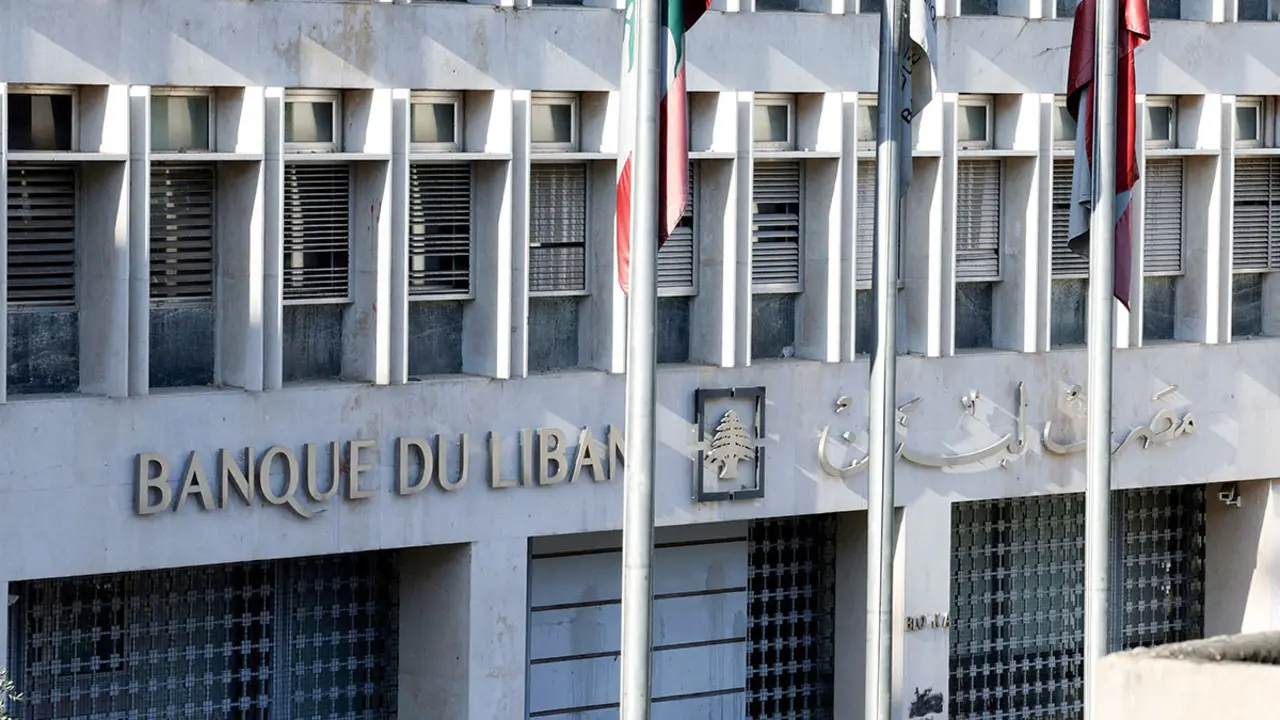67% of energy companies will significantly increase the budget dedicated to AI in the next two years

Energy and utilities companies have been applying AI solutions for years and 67% of them estimate that they will significantly increase their AI budget in the next two years. This is revealed in the Ascendant report by Minsait (Indra) which, under the title "AI: X-ray of a revolution in progress", analyses the degree of adoption of artificial intelligence in private companies and public institutions in 15 different sectors of activity.
The study has shown a high degree of maturity in the implementation of AI in the sector. In recent years, energy companies have been integrating it into their different business areas, a trend that continues to expand in the value chain in a responsible manner and taking into account cost-benefit and social responsibility criteria. A majority of companies now have integrated plans and are working towards large-scale implementation in the next two years.
This extensive use is reflected in multiple use cases that organisations are already applying, such as optimising the planning and construction of distribution networks, efficiently locating critical assets or plants, anticipating failures or anomalous connections and improving decision-making processes. In addition, 44% of companies in the sector are focusing their efforts in the area of ESG, such as environmental impact analysis and forecasting.
Also noteworthy is the use of artificial intelligence to identify, explore, extract and transport energy resources (30%), especially route optimisation and predictive maintenance of infrastructures. In relation to the areas of distribution, 22% of companies use AI for the detection of leaks and fraud in the network.
Furthermore, it is worth mentioning that in 71% of companies, the main motivation to start or intensively use AI is to improve efficiency and optimise internal processes. However, despite the variety and large amount of data that energy companies are able to capture, especially in real time, these companies need to strengthen their analytical capabilities to extract maximum value.
The report also finds that AI is impacting energy companies through the massive use of generative customer care agents, personalising tariffs and services based on consumption pattern analysis, optimising energy use through smart home management systems, and promoting efficient and sustainable energy use through personalised recommendations and predictive analytics.
Steps towards a more secure, sustainable and economic future
The energy world is in the midst of a transformation driven by the need to address environmental, economic and technological concerns. Advancing in challenges such as the transition to cleaner energy sources, infrastructure optimisation and demand management will be vital in the coming years. Juan Pérez de Cossio, Global Head of the Energy and Utilities Market at Minsait, explains that "AI will be a disruption in all areas and the energy sector will be no exception. We will see increasingly innovative and surprising solutions to the energy challenges ahead of us". Thus, AI emerges as a key tool to address these challenges and take advantage of new opportunities.
Along these lines, the report also notes that 22% of companies already have working groups dedicated to exploring the opportunities offered by AI and reveals that in 29% of companies the front lines of management are clearly and firmly committed to this tool. However, the lack of specialised profiles in the sector is one of the main obstacles for 42% of organisations.
The fifth edition of Minsait's Ascendant Digital Maturity 2024 Report addresses the context and degree of adoption of artificial intelligence by companies and public administrations. To do so, it has analysed the information provided by more than 900 organisations in Spain and other countries from 15 different sectors of activity.










